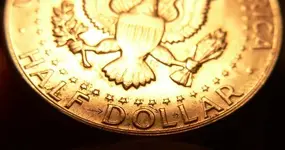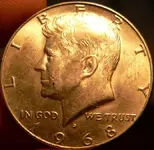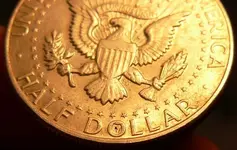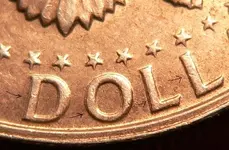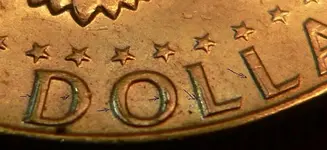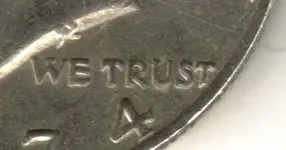fikys
Full Member
- #1
Thread Owner
I went through my set of 160 40% silver half dollars with magnifying glass and seems like found 5 error ones. But I'm totally new to "error" coins. I need an opinion from professionals if these are real errors, how would you classify them and if it worth looking for them in 40% silver coins. It takes a lot of time to look for these errors that's why I would like to know if these errors really add anything to the coin cost? Thank you!



